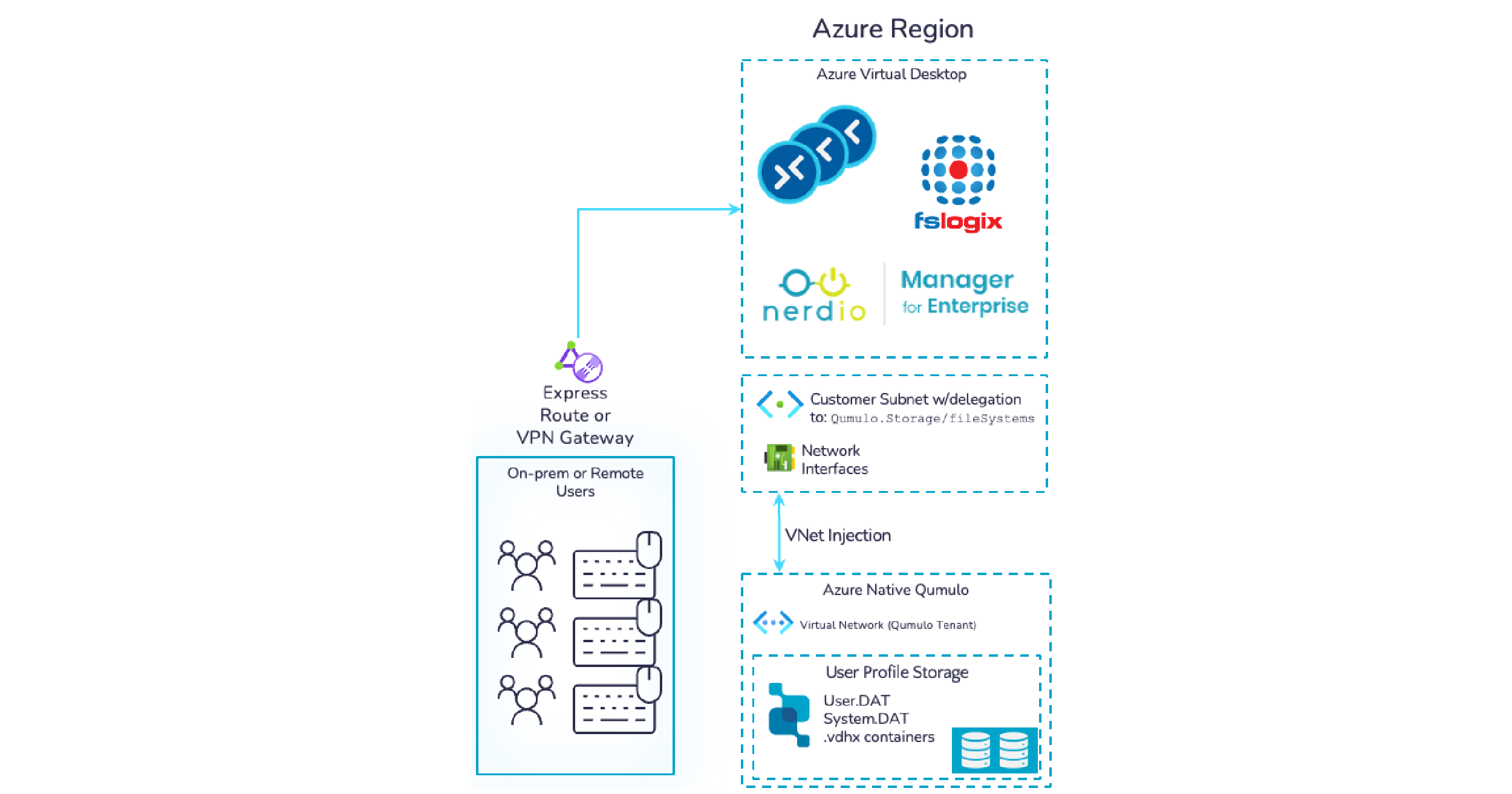In this interview with Aidan Taub, systems and technology director at LEAP, a leading UK creative services agency, you’ll learn about how Qumulo enabled their shift to cloud-based data analytics and how that, in turn, is enabling efficient new working models, more flexibility, and faster production, as well as insight on how to go about it.
Qumulo: Please describe your organization’s strategy for moving data to cloud-based data analytics. When did the process begin and what were the main drivers? What sort of analytics are you doing in the cloud?
Aidan Taub: The success of our creative workflow heavily relies on our ability to access data analytics in the cloud. As a creative services agency, we have a global network of hundreds of artists, designers and motion graphics editors working remotely, so we need to leverage the cloud in order to efficiently and securely collaborate on creative projects. Without cloud-based data analytics, our production process would come to a halt.
When we moved office locations in 2019, it gave us the perfect opportunity to overhaul our legacy data infrastructure and move our data analytics to the cloud. LEAP’s file data was previously spread across a wide range of disparate legacy storage systems, and it was extremely labor-intensive for our data administrators to manage and locate data at different points in the workflow.
When we searched for solutions, cloud extensibility was a key project requirement. We needed to have complete control over our data, with everything in the same place and the ability to respond instantly to rapidly changing conditions. LEAP went with Qumulo’s file data platform because it had solutions built specifically for managing large volumes of unstructured data in the cloud environment.
Our analytics enable us to see how many clients are connected, who is using the most bandwidth, and where the system is growing quickly.
One of the biggest drivers for shifting to cloud-based analytics was to get better visibility into performance across the entire company and balance needs. Our IT team knows when large files are hitting the server, and can allocate capacity and accelerate file access for that operation without affecting any other department. We can see exactly what’s going on.
Qumulo: How does cloud-based data analytics compare with traditional BI/analytics? What are the major differences?
Aidan Taub: Cloud enables the scalability we need for high-compute workloads. As the world continues to digitize everything, organizations need to be able to build with file data at exponential scale. When you have a massive amount of heavy unstructured data — like the videos, images and audio we handle at LEAP — you never know how big the next job might be, so you may need the computing capability to manage petabytes of data at a time, and the visibility to balance capacity and performance at any given moment.
Traditional analytics just don’t scale the way that cloud does. The cloud allows you to quickly spin up a server, create a database or application that captures new inputs, and build new clusters on a dime. You can create the analytics infrastructure you need at the snap of your fingers with the cloud instead of buying a ton of servers and having your IT team install and maintain them.
When the COVID pandemic first hit, LEAP was able to seamlessly implement a move to remote work because we had our system set up in the cloud.
Even though we never could have foreseen the pandemic when we originally moved to the cloud, our ability to mirror data to the cloud turned out to be vital. Using cloud-based data analytics, we’ve been able to provide business continuity and maintain efficient workflows.
The cloud also puts quick, accessible information at more fingertips. We have a distributed workforce, which means we need to have access to real-time data analytics from anywhere at any time. We’ve got all our teams working off the same data platform at the same time, instead of separate solutions for every department.
Qumulo: What are some of the key challenges to moving data analytics to the cloud, and how can they be addressed in relation to technology, architecture, people/skills, or processes, for example?
Aidan Taub: It is intimidating to switch service providers. For many IT leaders, the hardest thing they’ll ever do is navigate the path to cloud — but it doesn’t have to be that way if they choose the right solutions.
When migrating data analytics to the cloud, IT leaders often start with the “lift and shift,” or porting existing operations over to the cloud. Often this means re-tooling applications and systems to re-architect them for the cloud. Fortunately Qumulo helped us shift all of our data without the need to re-factor applications for the cloud.
I would recommend finding a solution that makes it simple to replicate and extract data across multiple environments — whether it be on-premises or cloud — and make location a non-issue.
Security is also top-of-mind any time you’re shifting your company’s valuable data out of a private data center. LEAP leverages a global network of workers that includes freelance talent, which means we had to make sure our data would be protected in a cloud accessed by internal and external users.
Finally, budget is always a concern. One-size-fits-all data architecture can be an IT spending trap. When making the decision to move to cloud-based data analytics, enterprises often feel pressured to pay a high upfront cost and get locked into a long contract that doesn’t fit their current needs.
The key here is to find a provider that doesn’t force cloud lock-in. When evaluating cloud platforms, don’t be afraid to shop around for the right solution that can address your current analytics needs, with the flexibility to scale up as needed for your future needs.
Accelerating Workflows for Creative Teams: a Panel Discussion with LEAP, Boxer, and Qumulo
Watch this webinar on demand featuring Aidan Taub from LEAP, Marc Risby from Boxer, and Ian Marcroft from Qumulo, as they discuss how to keep creativity and collaboration flowing, accelerate workflows to meet tight production deadlines, facilitate content distribution, and grow business in these challenging times. Learn how leading animation, VFX, gaming, and broadcast organizations have embraced the Qumulo File Data Platform–on premises and in the cloud.
Learn More
Creative Services Agency LEAP Boosts Performance 240X
The Five Steps to a Successful Cloud Migration
Studio Q on AWS: Your Post-Production Platform in the Cloud
Contact us
Take a test drive. Demo a Qumulo cluster see how easy it is to move your data to Amazon S3, in one of our hands-on labs.
Subscribe to the Qumulo blog for customer stories, technical insights, trends and product news.


